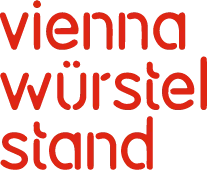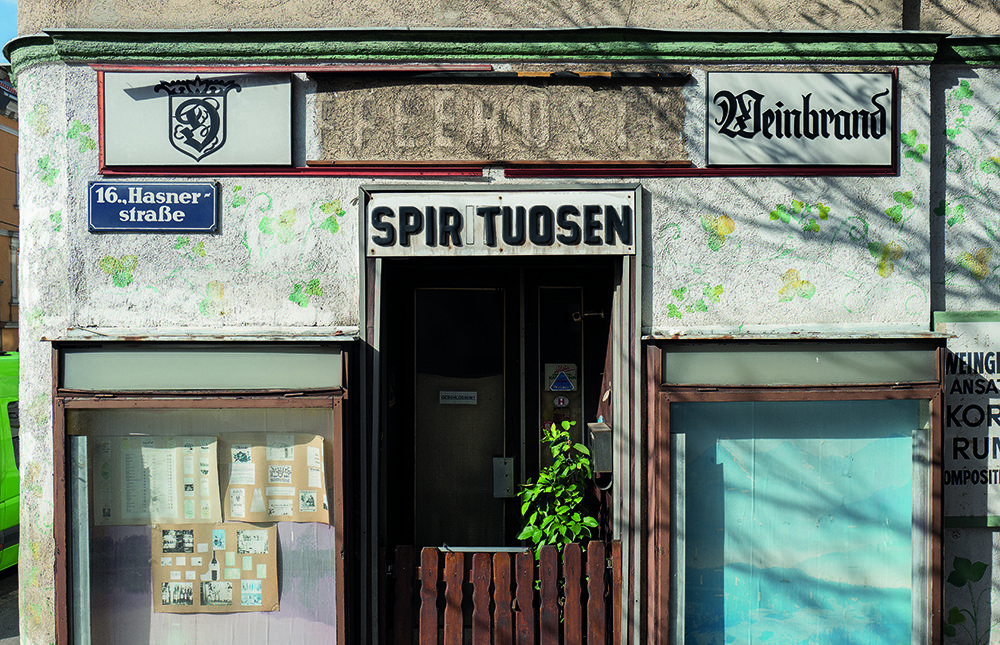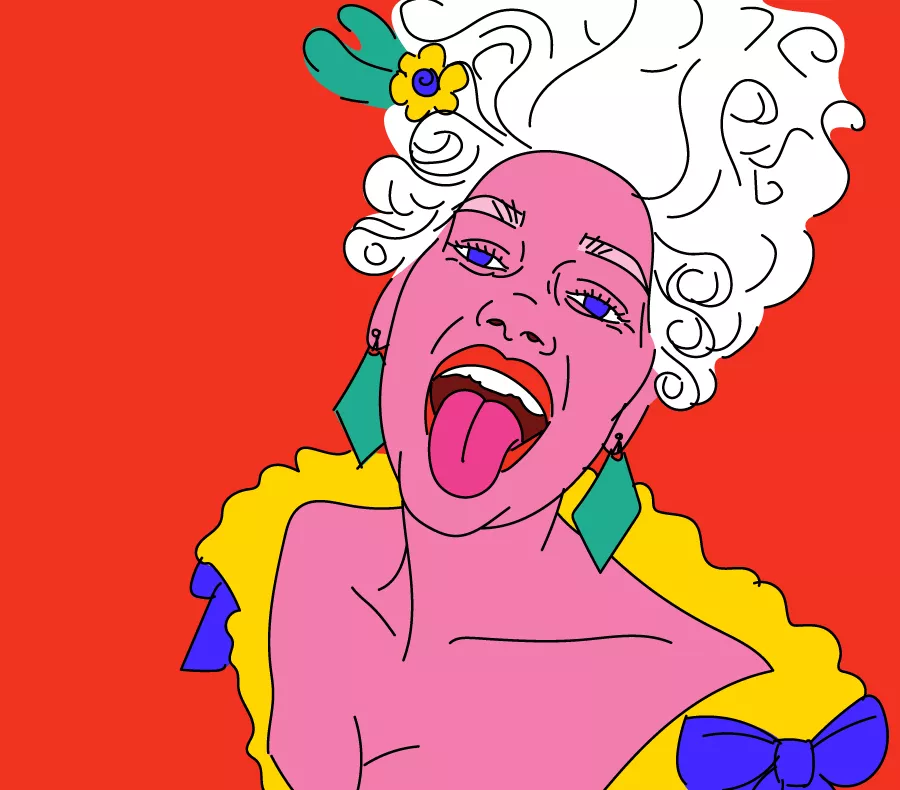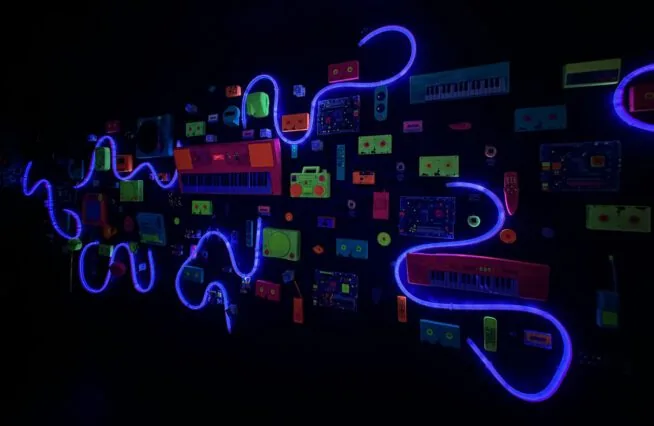This article has been sponsored by wemakeit crowdfunding
Scrawled across the buildings of Vienna are the remnants of signs that you could call the tattoos of the old city. You might not notice them in your day to day, as we’re all busy and all, but these signs speak of history from lives and businesses that once were as busy as we all are today.
It’s fascinating when you stop and think about it. One guy has thought a lot about it, so much so that he ended up producing a book all about these signs, or ‘Ghostletters’ that he calls them. After successfully raising funds as part of a wemakeit crowdfunding campaign, Vienna-based graphics designer, Tom Koch, along with two photographers, Stephan Doleschal and Daniel Gerersdorfer, produced a book that captures the old signs of Vienna in photographs and tells the stories behind them.
Scroll on to check out Tom’s fascinating insights into hunting down the Ghostletters of Vienna and some of the photography you’ll find in his book.
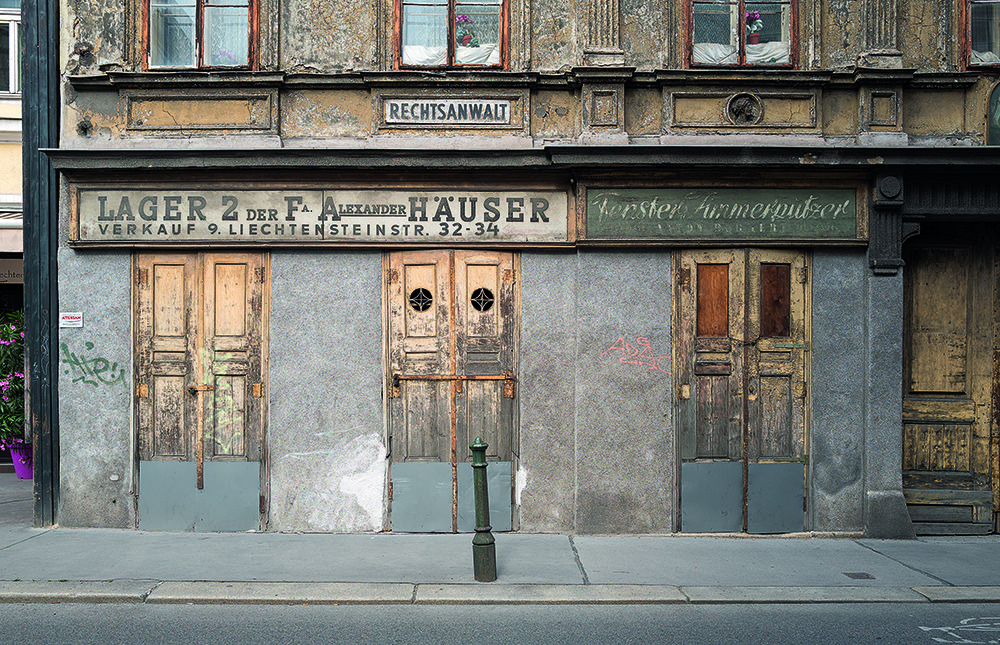
1. Where did the fascination for these ‘Ghostletters’ (aka. old signage) around Vienna come from?
As a graphic designer with a focus on typography, I’m naturally interested in typefaces. Especially typefaces that can be found in public spaces, as each city possesses its own typographic character.
What’s fascinating about old signage is the fact that it was made by hand. This required a fine touch for typography and talented craftsmanship.
Although these old signs were created with relatively simple means, they have more individuality than today’s signs.
One must also differentiate between old signs and the marks they leave behind on the buildings aka. the ‘Ghostletters.’ The fleeting existence of these Ghostletters, and the constant threat of them being painted over makes them even more special.
Plus, there’s the fact that some of them have survived for decades, which adds even more appeal.
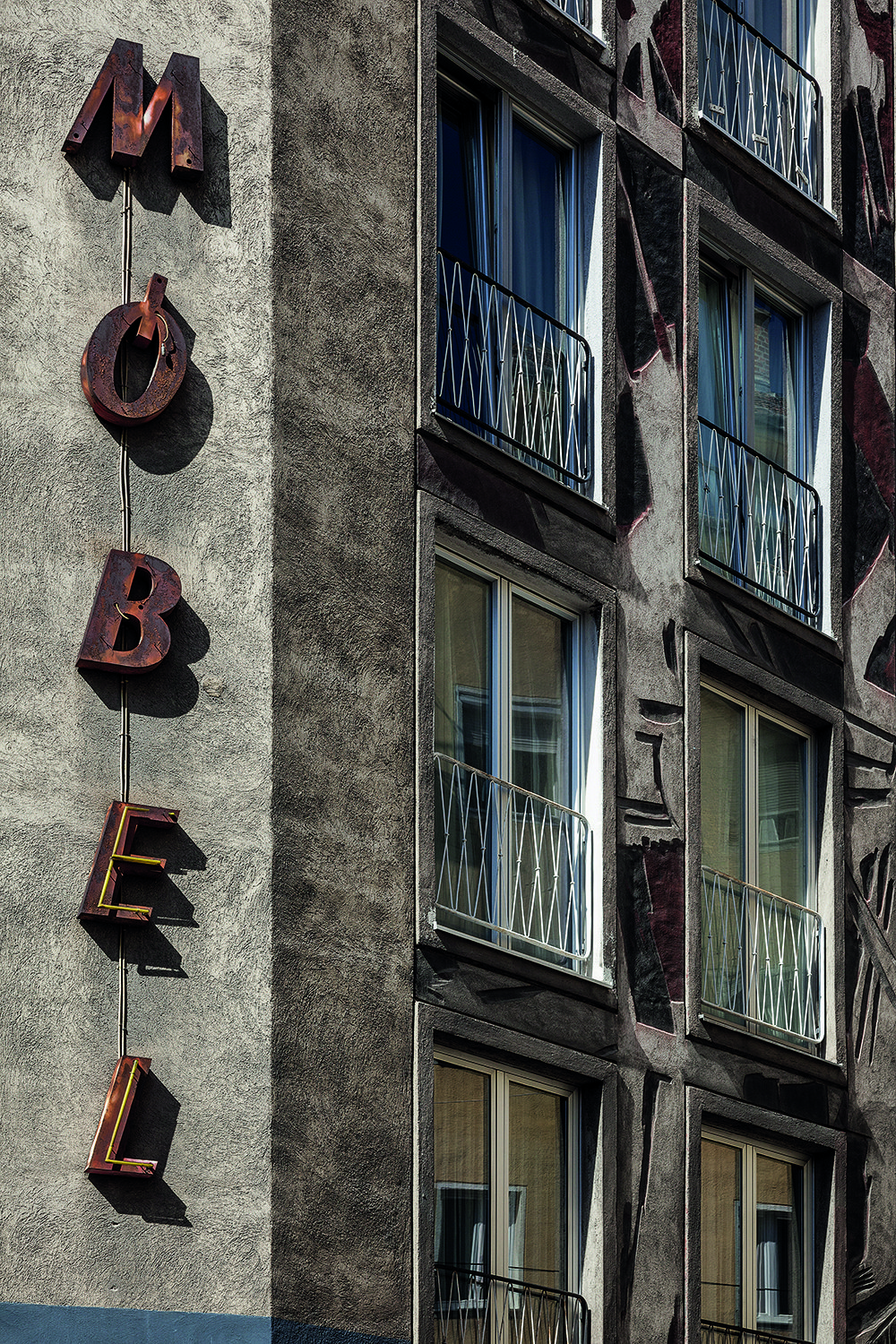
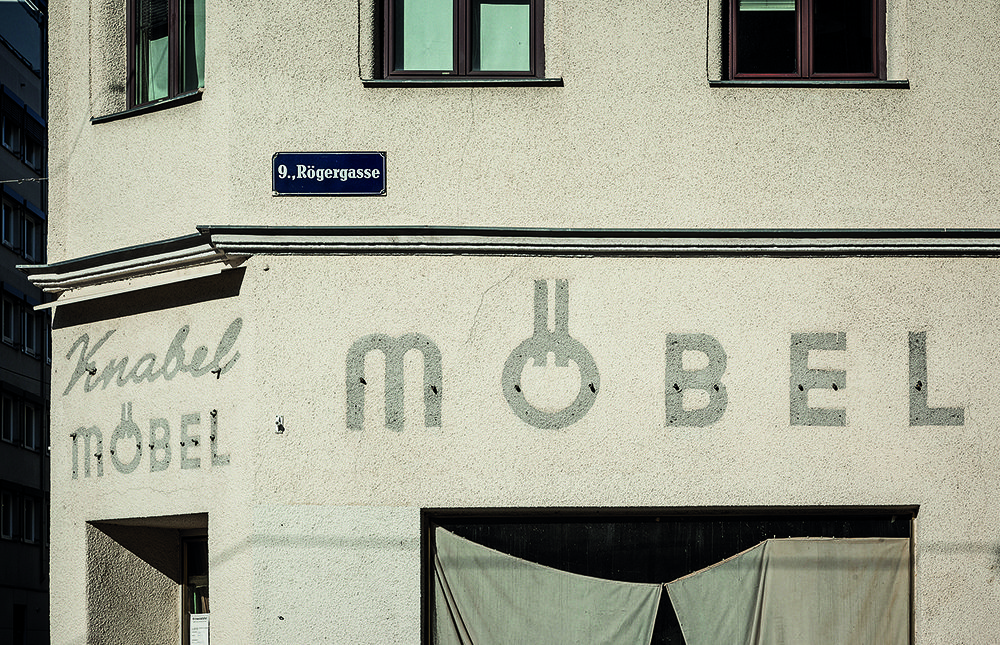
2. What was the most interesting old signage you discovered in Vienna when making the book. Tell us why it’s interesting.
I’d say this would probably be the sign above the old piano factory, Stelzhammer, on Barnabitengasse.
It’s remarkable in terms of its form, as it’s very large, and it’s a glass gilding that dates back to around 1900.
It’s also interesting in terms of its history as its a testament to the well-known piano maker’s dynasty. But it’s also got an entertaining quirk to it – it’s got one of the most significant spelling mistake in Vienna in it! The name ‘Stelzhammer’ is misspelled.
Also, on a sunny day, the gold reflects the letters on the cobblestones of the street.
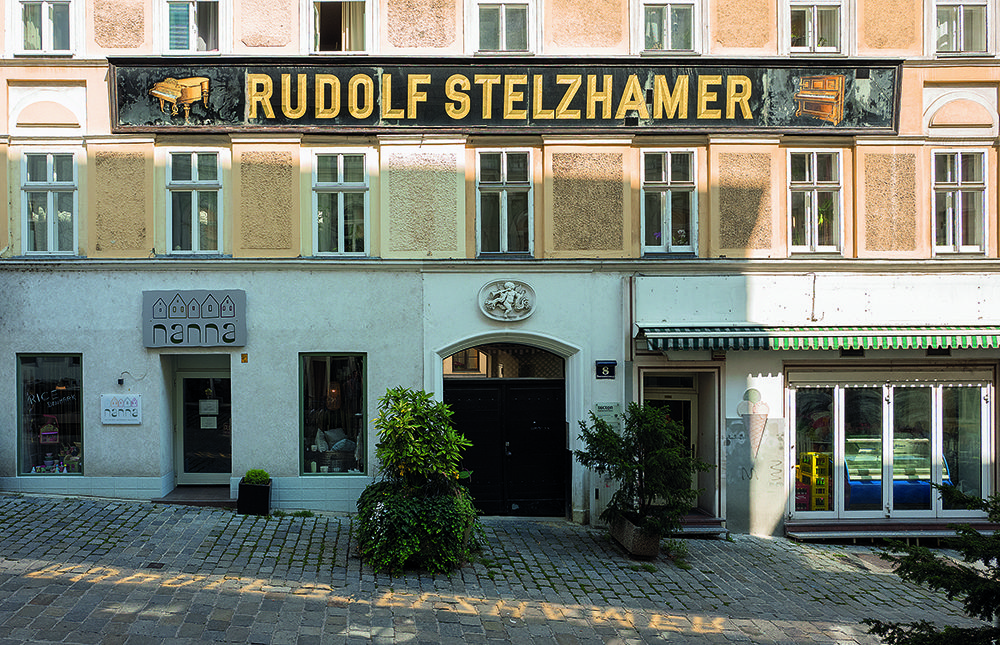
3. Your photos of old signs inspires an interesting and surprising feeling of nostalgia for a time we never lived. Did you intend that? Can you explain this in your own words the feeling you got discovering the signs and taking photos of them?
We quickly discovered when doing this project that we were at a meeting point of collective memory, nostalgia and urban design.
I think the current trend towards crafting (see the lettering boom, etc.) and our project gives younger people a certain nostalgic feeling, and older people can still remember quite well the lost individuality of the cities.
When a shop closes down for good, it quickly dissappears. In the course of the crowdfunding campaign, we got many comments from people saying that our project sparked memories of these businesses that no longer exist, along with their owners. Apparently it also reminded some people of their younger days.
That’s why we really wanted to depict the signs in the book without cars. Readers should have the opportunity to close their eyes and imagine what the shops once looked like.
The research we did showed that most of these businesses were open over several generations, and that their owners were well known in their Grätzl (translation: neighbourhood). This reality, I think, leaves us feeling a little nostalgic in today’s fast-paced world, where stores often only exist for a year, or two.
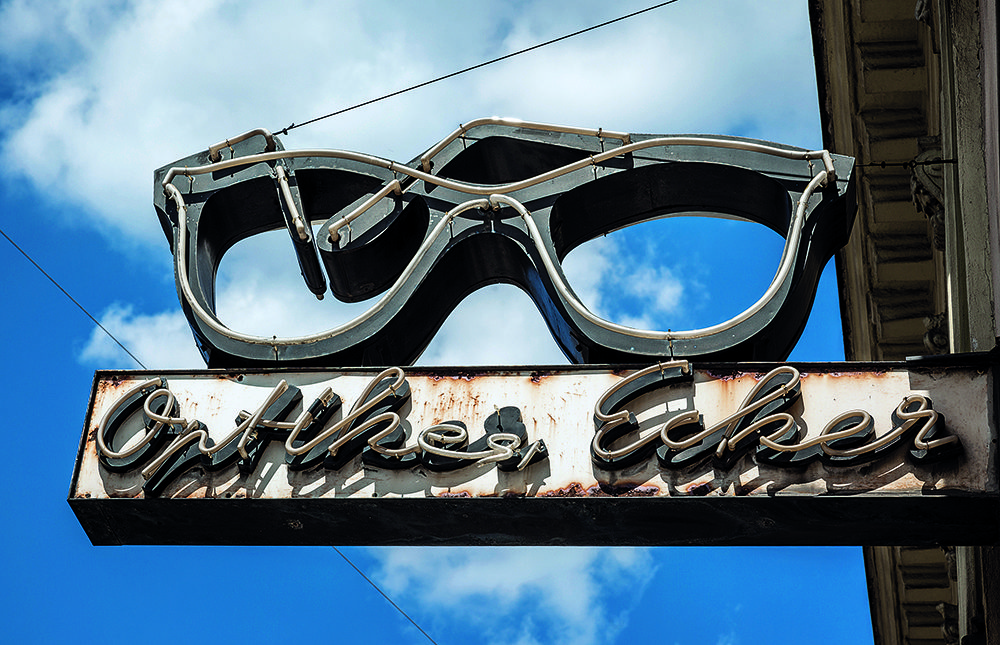
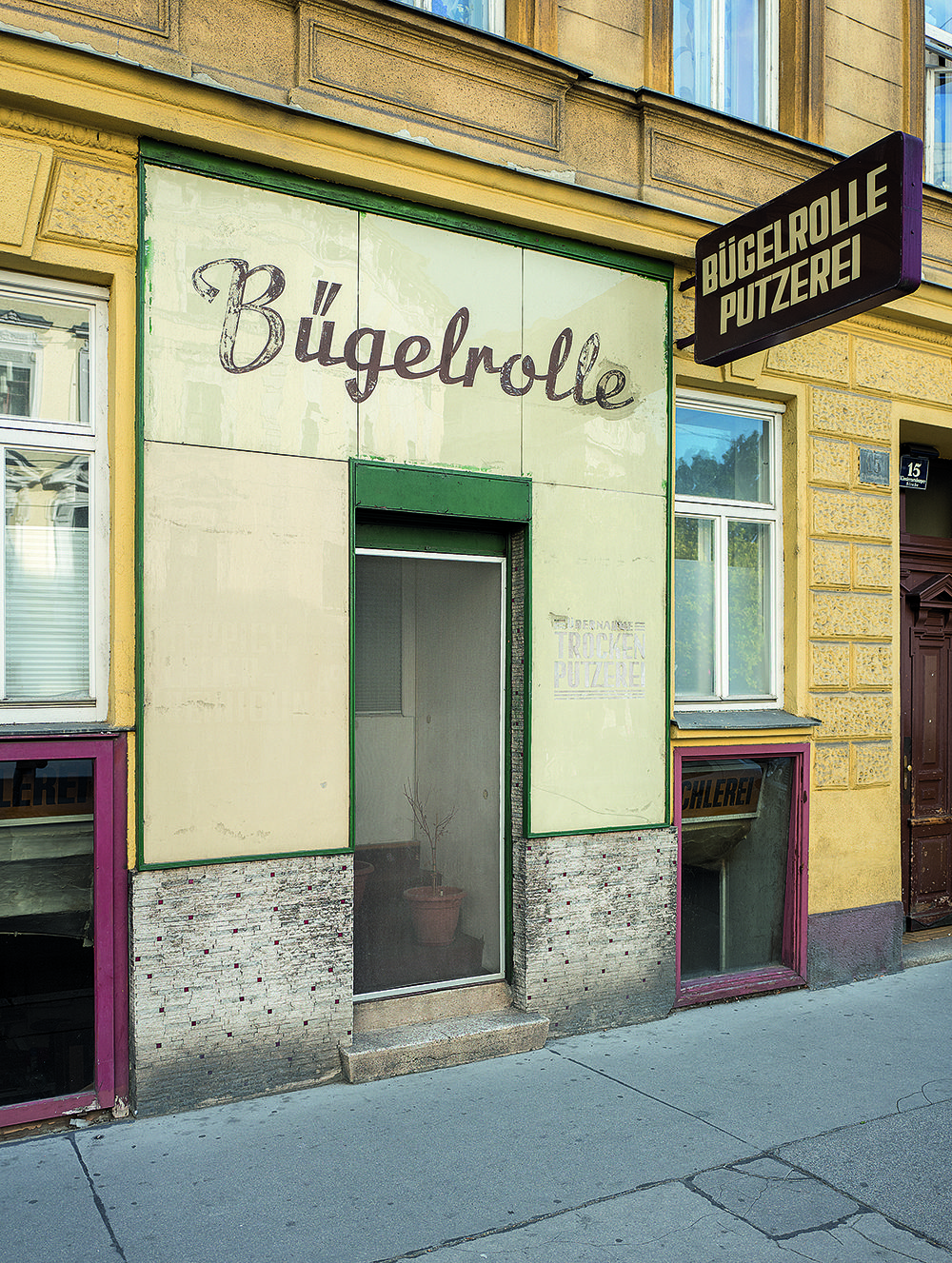
4. What’s the most interesting story you discovered behind the signage you found?
In addition to the already mentioned Stelzhammer, there are often pharmacies that have very old signs. A really interesting one is the Apotheke zum Goldenen Löwen on Josefstädter Straße.
In this pharmacy, the gas light was invented in Vienna (the Emperor showed up for the unveiling himself!). At this pharmacy, they also started working with alternative healing methods early on.
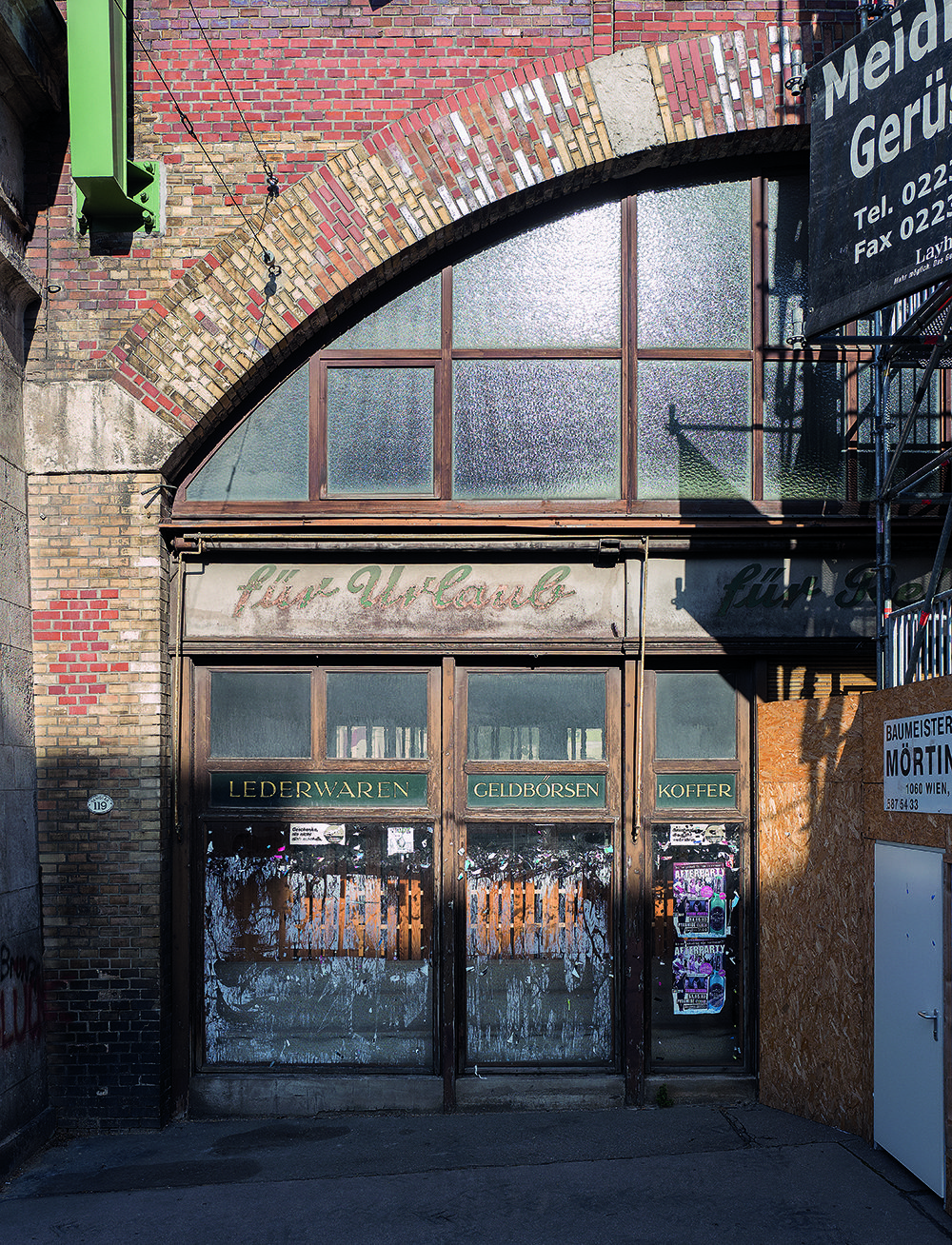
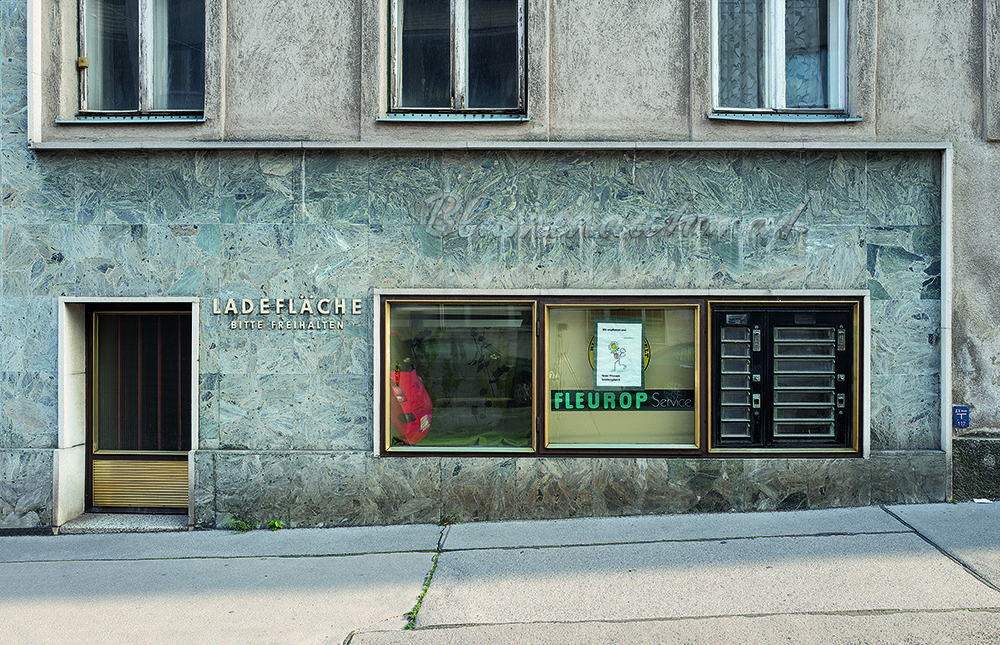
5. Was it difficult to crowdfund the project? Any tips you can give to somebody trying to crowdfund a creative project?
We were lucky enough to finish successfully before the end of the campaign.
Crowdfunding is hard work, and you really have to dedicate yourself to it. Ultimately, we decided to simultaneously launch a crowdfunding and crowdsourcing campaign to generate awareness in advance of the book launch.
Running both campaigns at the same time was anything but easy to handle, but it paid off! In the end we could choose our publisher.
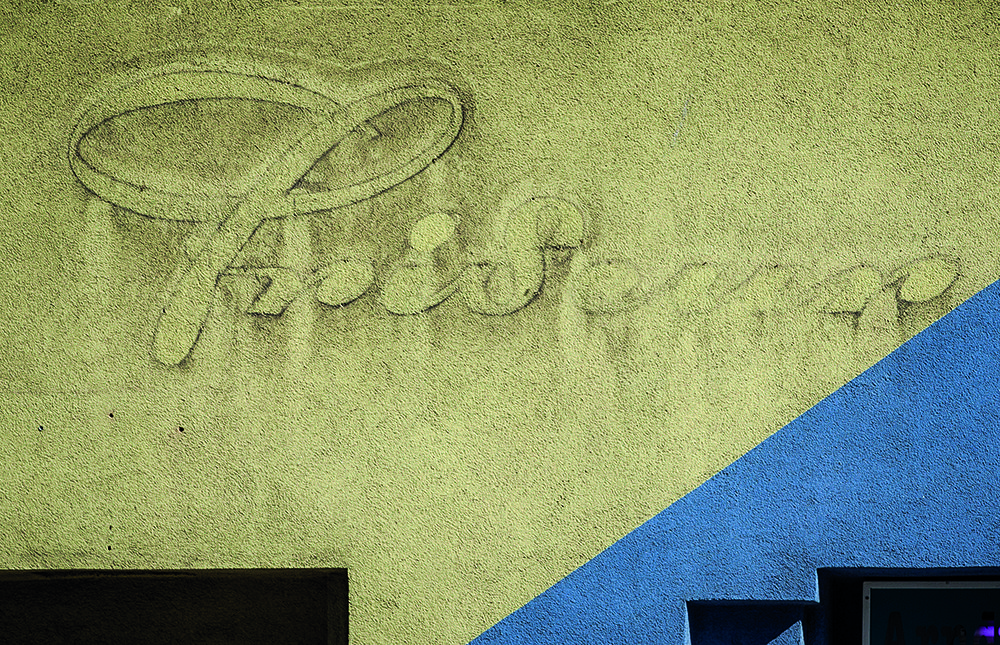
6.So, you have a thing for typography – what’s the fascination with it and what difference does it have on how we consume a word?
We are surrounded everywhere by the written word and yet we only perceive it, unconsciously. However, the type which is used to portray the words can convey very specific feelings, just like images can. Sarah Hydnmann does a great job in demonstrating this in her work.
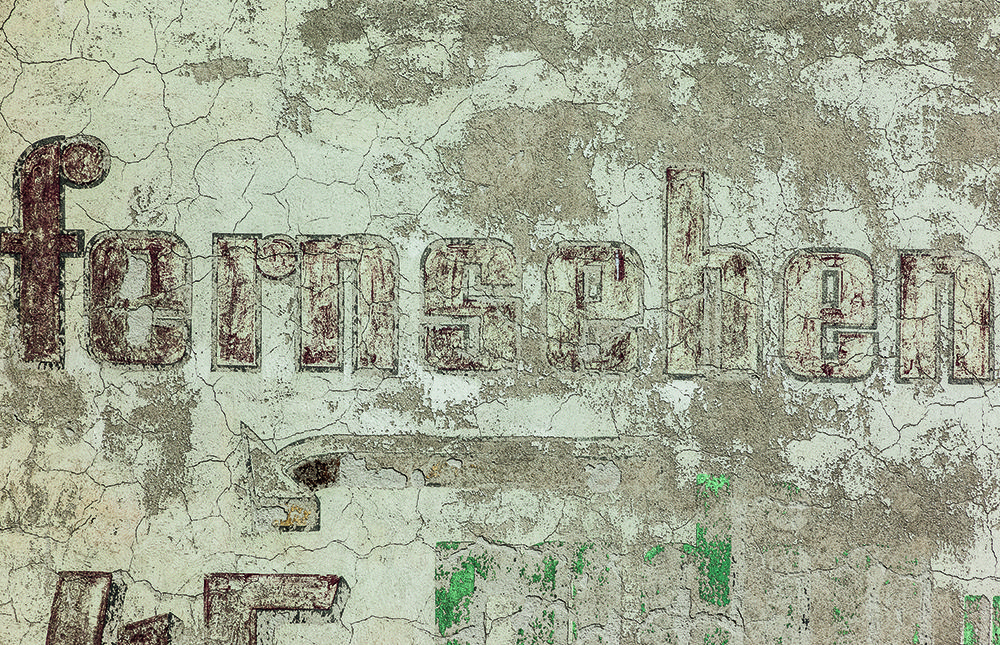
7. How did you find all of these signs around the city?
We located the signs with the help of our partner, the Wien Museum. We did a shout out for people to submit the locations of interesting signs they knew of. From this, we then selected around 100 signs and photographed them.
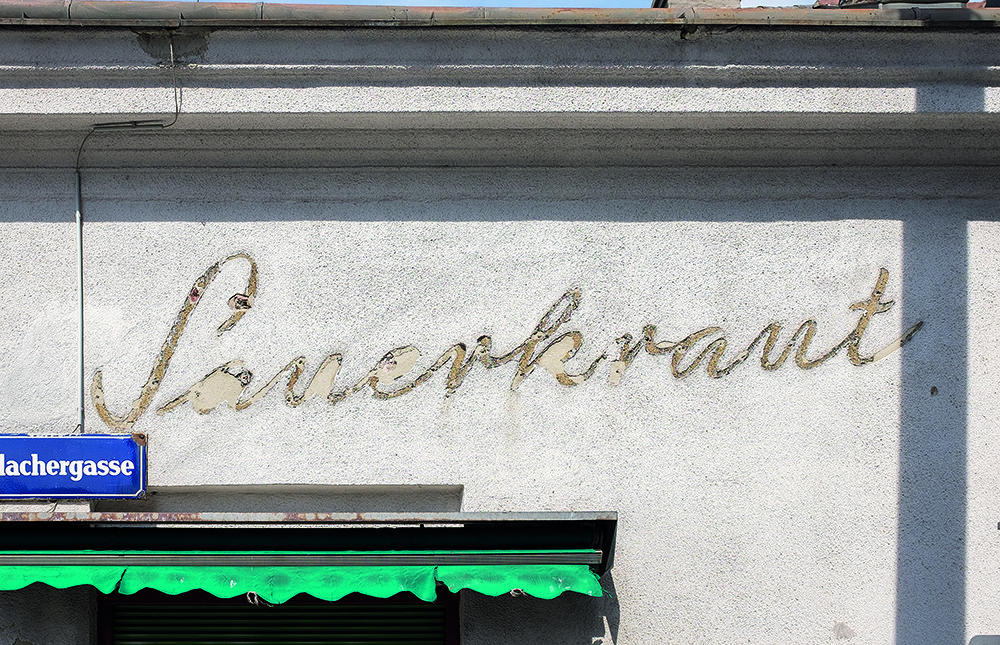
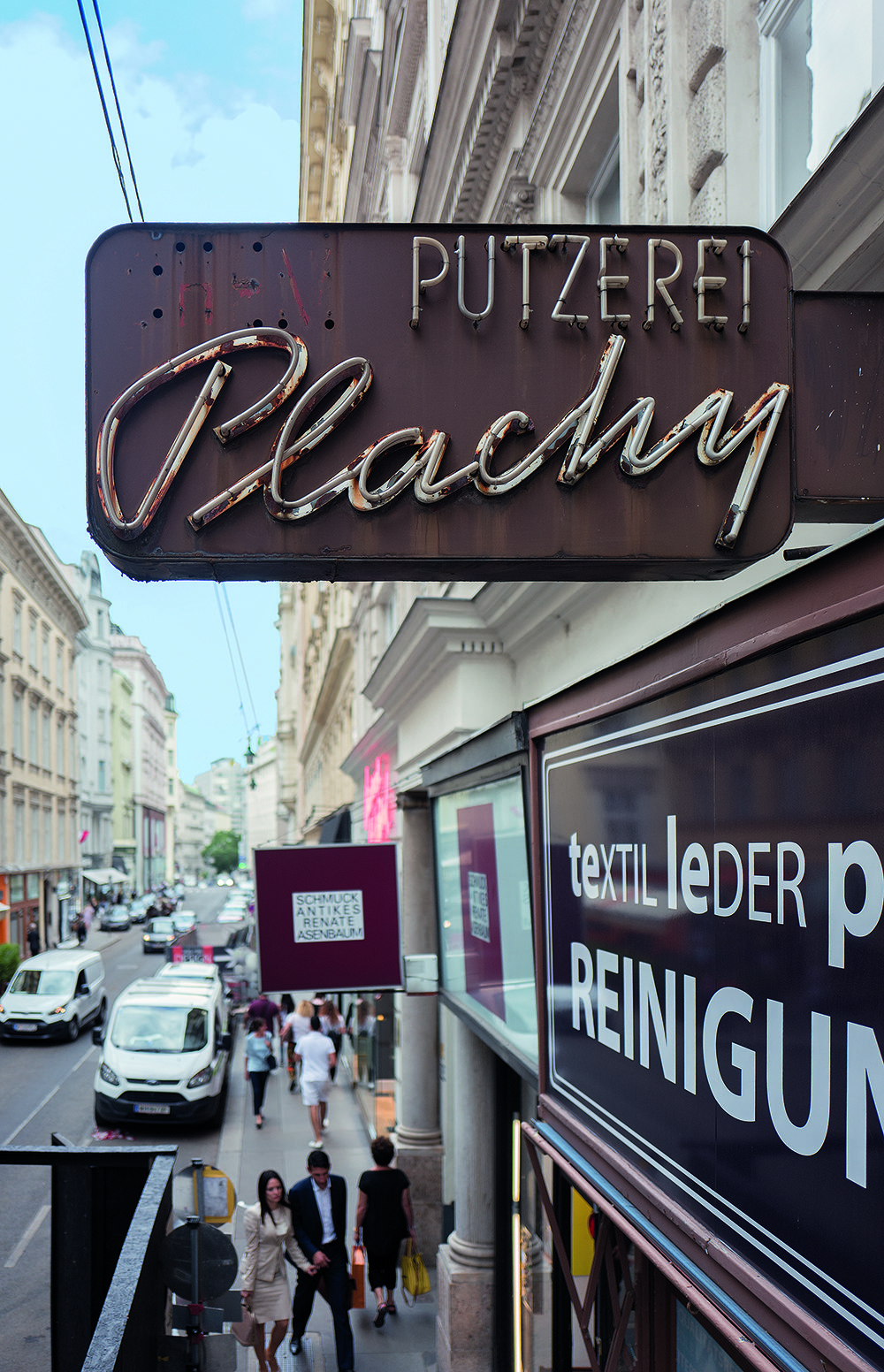
8. From what era do most of the signs originate?
Since Ghostletters are imprints of 3D typefaces, most of them date back to the 1950s and 1960s. At that time, neon signatures were still widely used.
After launching the Ghostletters Vienna book, Tom shot a documantary about Vienna’s last sign painter, Josef Samuel. The film, which he produced in cooperation with Better Letters from London, has been screened at various film festivals over the last year. It will soon be possible to watch Vienna’s Last Signpainter online.
Ghostletters Vienna was partly funded by a wemakeit crowdfunding campaign. If you’ve got a creative project you’re looking to realise, be sure to check out how it all works on wemakeit.
